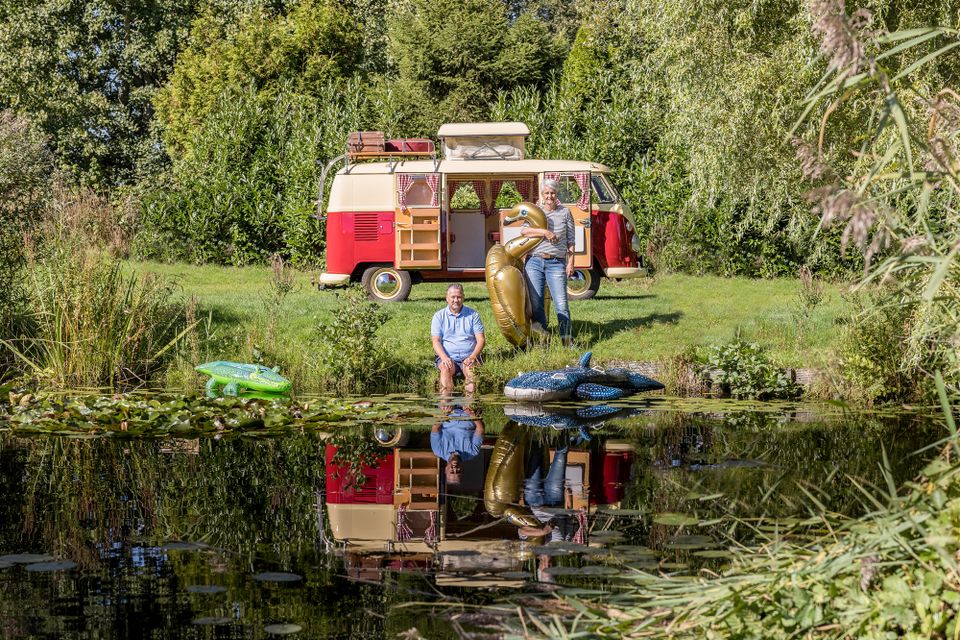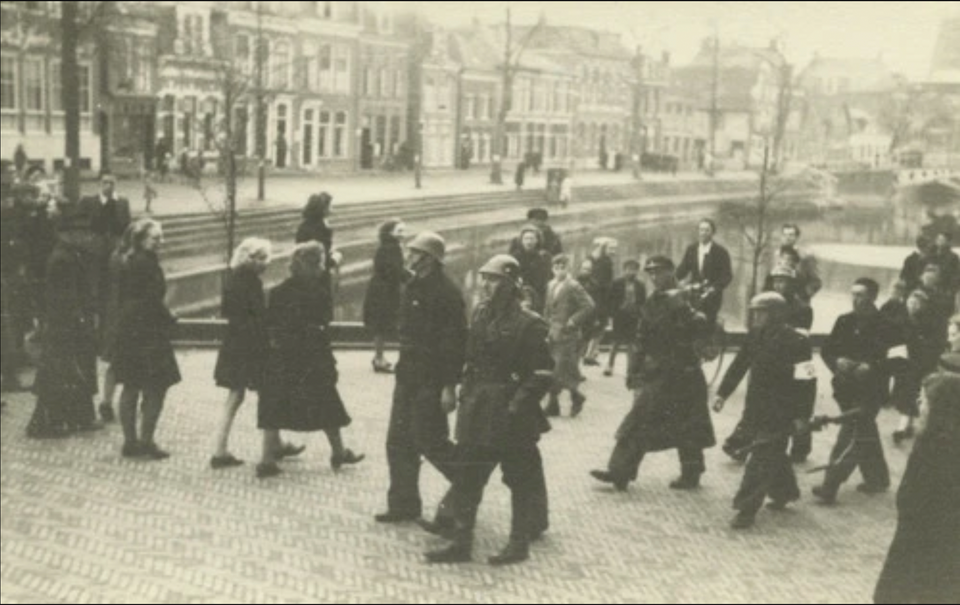All activities in Northeast Friesland
97 to 120 of 836 results
-
Camping & Haven Recreatie Dokkum
Camping & Haven Recreatie Dokkum Dokkum
Dokkum -
Daan Parmentier
Daan Parmentier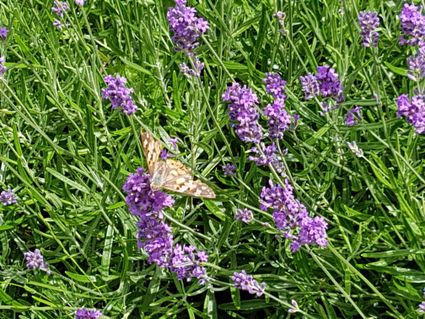 Noordbergum
Noordbergum -
it Dreamlân groupaccommodation
it Dreamlân groupaccommodation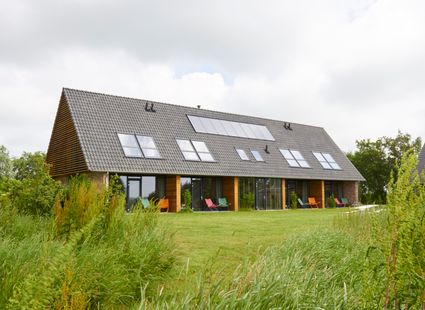 Kollumerpomp
KollumerpompDirect boekbaar
-
Park Baayvilla's
Park Baayvilla's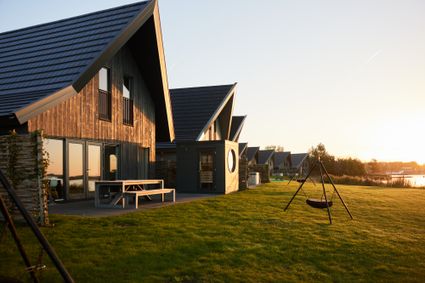 Lauwersoog
Lauwersoog -
It Noarderleech - Noard Fryslan Butendyks
It Noarderleech - Noard Fryslan Butendyks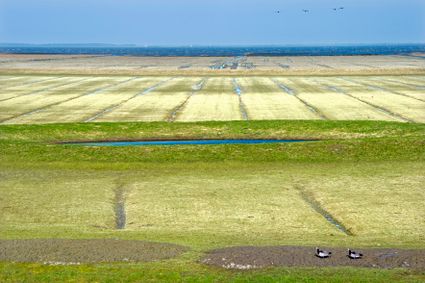 Hallum
Hallum -
Marboei MB6
Marboei MB6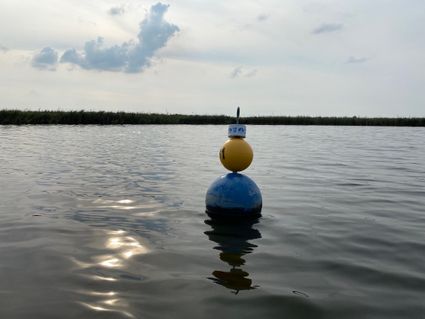 Sitebuorster Ie
Sitebuorster Ie -
Timertsmar
Timertsmar Grou
Grou -
The liberation of Friesland
The liberation of Friesland
By 18 April, the whole province of Friesland had been liberated, except for the Wadden Islands. Compared to other provinces, there was little fighting in Friesland. Overall, the few thousand German troops who had been unable to escape from Friesland were defeated by the Canadians relatively quickly.
The commander of the Royal Canadian Dragoons, Lieutenant Colonel Landell, praised the actions of the resistance by stating that "Friesland liberated herself". While that may be a bit of an exaggeration, the actions of the Frisian resistance undoubtedly accelerated the liberation. And reduced the number of casualties on the Allied side.
At least 31 resistance fighters lost their lives in confrontations with German troops and their Dutch accomplices. At least eleven Canadians and one Frenchman were killed on the Allied side. Dozens of civilian victims were also killed in the fighting and shelling. The number of casualties on the German side is not known, but it is believed that the number ran into hundreds. With 320 destroyed and 4000 damaged homes and 80 destroyed bridges, Friesland was materially the least damaged province of the Netherlands.
Many German soldiers fled towards the western part of the country. The retreating German troops gathered mostly in Harlingen, Makkum and Lemmer. From there, they tried to get away by boat across the IJsselmeer or via the Afsluitdijk to North Holland. The Wadden Islands also became a refuge for collaborators and German soldiers. Here, liberation was longer in coming.
On the island of Terschelling, the last German troops were disarmed by a British artillery regiment on 29 May. Two days later, the British crossed from Terschelling to Vlieland, and the liberation of that island was also a fact. Ameland was liberated on 3 June.
Personnel from the infamous Scholtenhuis, the SD headquarters in Groningen, had entrenched themselves on Schiermonnikoog. After their departure on 31 May, there was a celebration on the island, in spite of the six hundred members of the occupying troops who still were there. Only on 11 June did the last German soldiers leave Schiermonnikoog, and then the whole province of Friesland was free.
Most Canadian units that had liberated Friesland continued the battle in Groningen and North Germany after 18 April. Their war ended on 8 May 1945, when the surrender of all German armed forces became effective.
 Eanjum
Eanjum -
Sint-Pauluskerk Aldtsjerk
Sint-Pauluskerk Aldtsjerk Aldtsjerk
Aldtsjerk -
Pancake train
Pancake train Marrum
Marrum -
BinnenInn 24 Persoons Groepshuis
BinnenInn 24 Persoons Groepshuis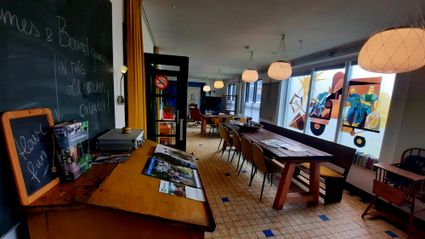 Metslawier
Metslawier -
Camping de Kleine Wielen
Camping de Kleine Wielen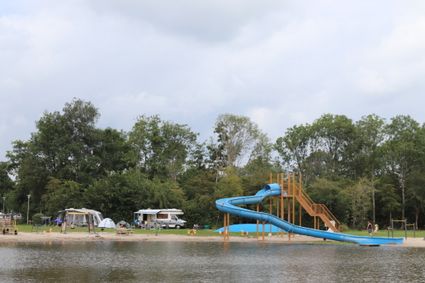 Leeuwarden
Leeuwarden -
Jellema Tweewielers
Jellema Tweewielers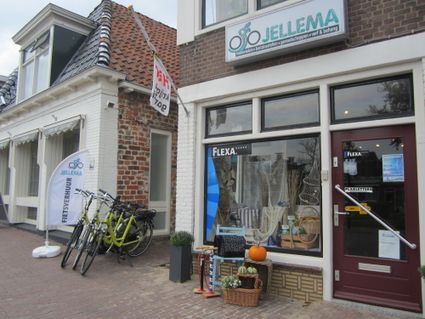 Ferwert
Ferwert -
De Leijen Nature Reserve
De Leijen Nature Reserve Rottevalle
Rottevalle -
St. Nicholas Church Eastrum (Oostrum)
St. Nicholas Church Eastrum (Oostrum)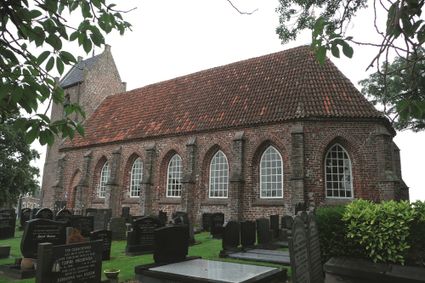 Oostrum
Oostrum -
Kloosterman natuurvoeding
Kloosterman natuurvoeding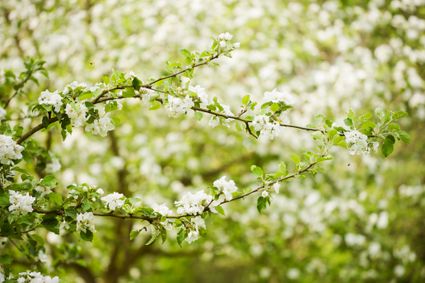 Giekerk
Giekerk -
Kloosterkapel Sibrandahûs
Kloosterkapel Sibrandahûs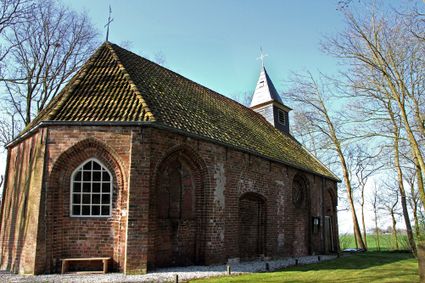 Sibrandahûs
Sibrandahûs -
Tour de Wadden
Tour de Wadden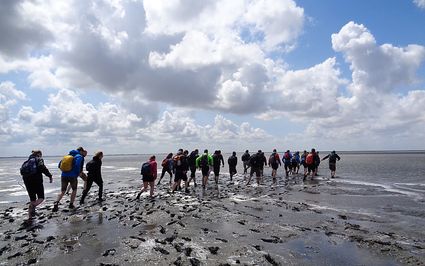 Lauwersoog
Lauwersoog -
Smoek
Smoek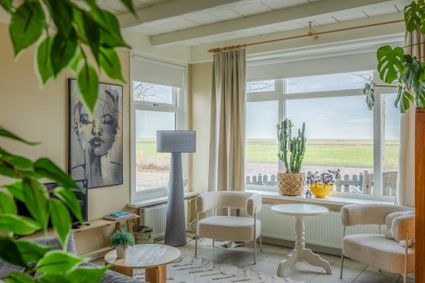 Holwerd
Holwerd -
Toeristisch Informatiepunt Dokkum
Toeristisch Informatiepunt Dokkum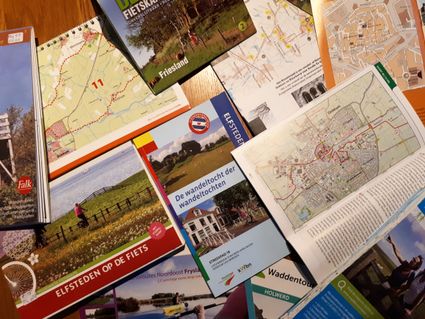 Dokkum
Dokkum -
Rondvaart Dokkum
Rondvaart Dokkum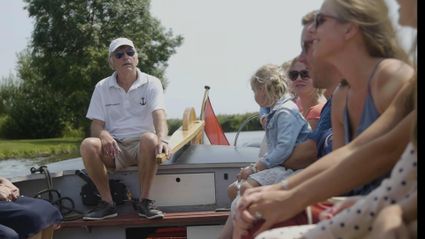 Dokkum
Dokkum -
Informatiepunt NP De Alde Feanen
Informatiepunt NP De Alde Feanen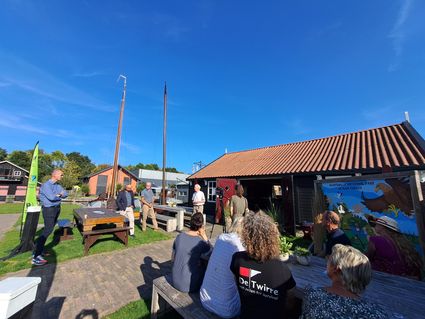 Earnewâld
Earnewâld -
Noardburgum
Noardburgum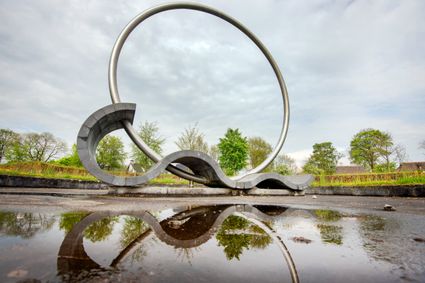 Noardburgum
Noardburgum -
Earnewâld Sloepverhuur
Earnewâld Sloepverhuur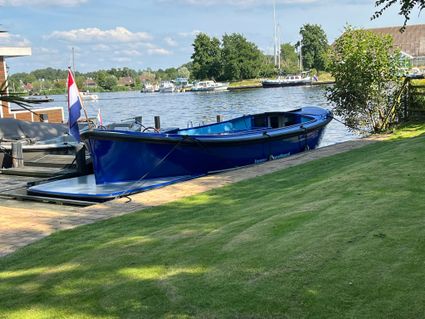 Earnewald
Earnewald
